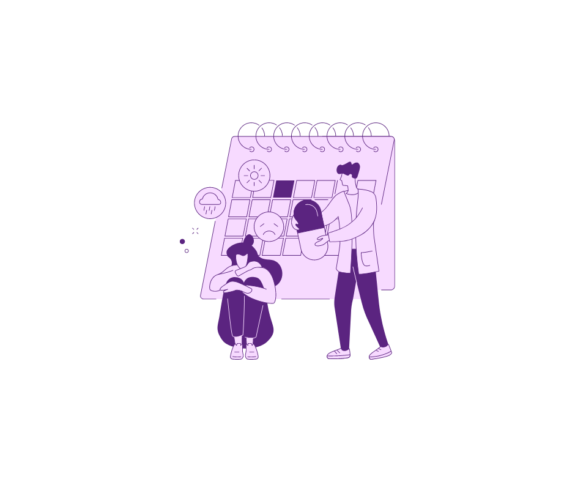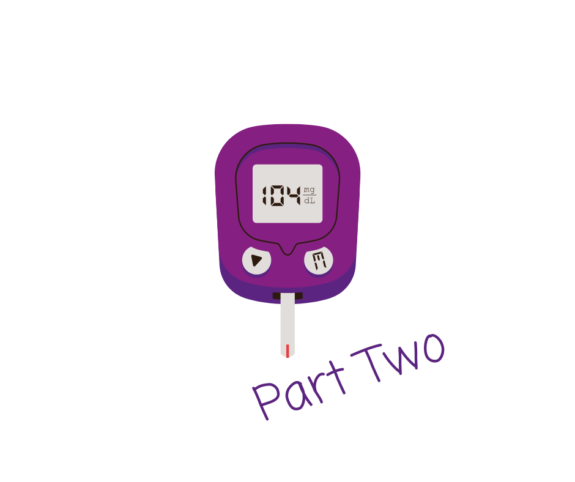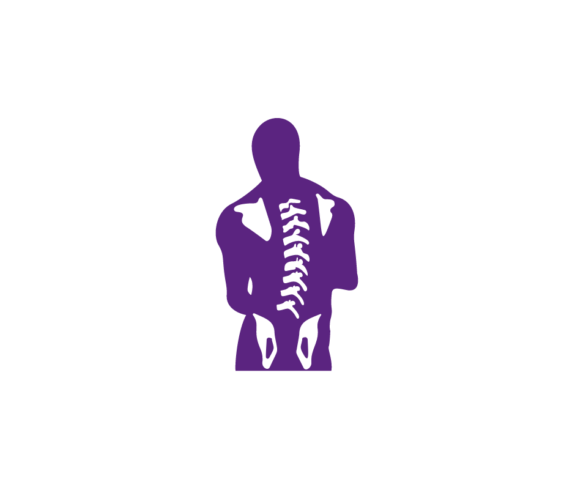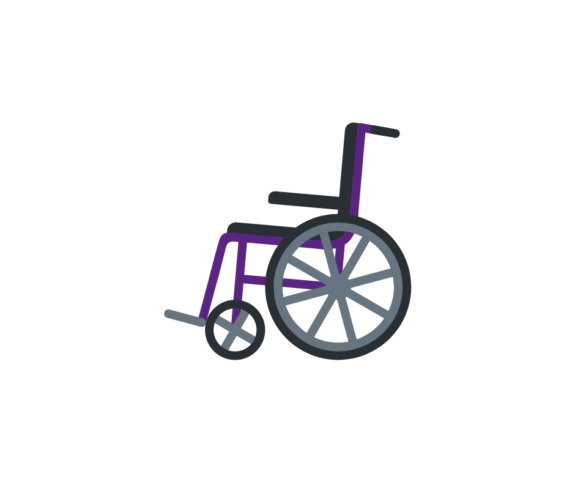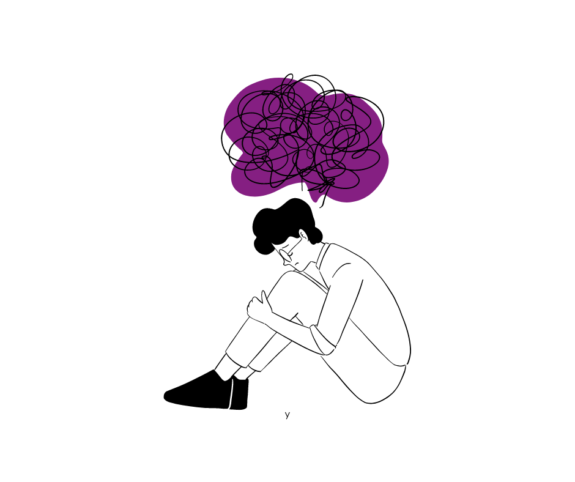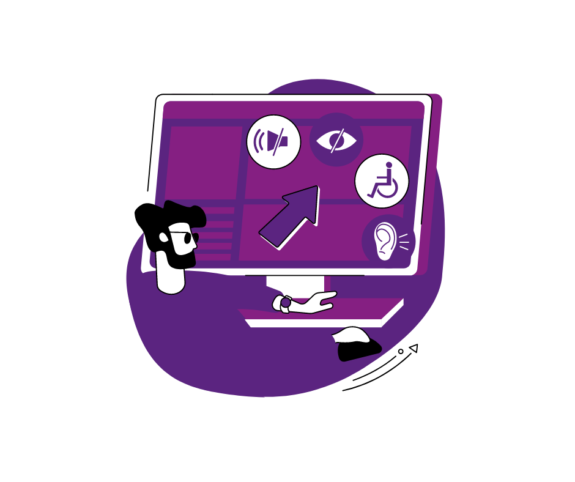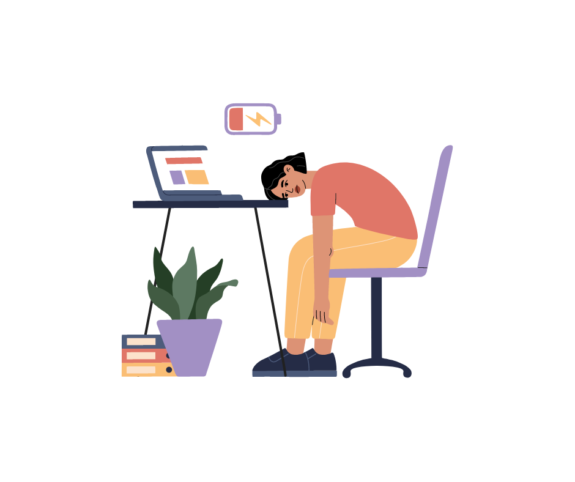For many of us, that loss of sunshine and warmth can really take their toll and can make us feel depressed or low, even for those people who don’t have mental health issues at any other point in the year.
While many of us notice a difference in our mood during the winter months, this usually improves after our bodies have adjusted to the change in the weather. However, for some, the change starts affecting their daily lives, to the point where they may need medical or therapeutic intervention. This is when it becomes Seasonal Affective Disorder.
What is Seasonal Affective Disorder (SAD)?
SAD is a type of depression that can be experienced by anyone, regardless of their mental health status, and usually revolves around the seasons. It is most commonly noticed during the winter months, but can actually occur in any season of the year. It is estimated that approximately 1 in 20 people in the UK have been diagnosed with SAD, which is a pretty big number.
What are the symptoms of SAD?
The symptoms of SAD can be very similar to those of depression, the difference being that they don’t happen all the time. Once the season changes, the symptoms go away. They can also be slightly different, depending on the season.
Winter: In the winter months symptoms include:
- Feeling sad, low, tearful, hopeless.
- Having difficulty concentrating.
- A lack of energy (more so than normal).
- Wanting to be isolated and not see people/socialise.
- Sleeping too much or struggling to wake up.
- Changes in appetite, either eating too little or being hungrier than usual.
- Loss of interest in hobbies or usual activities.
- Feeling heavy and weary.
Summer: In the summer months, the symptoms are mostly the same but also include:
- Feeling irritable and/or agitated.
- Sleeping too little or waking up easily.
- Appetite changes (often leading to weight loss).
What causes SAD?
There is no singular cause of SAD but there are a few different theories and they all revolve around sunlight, serotonin and melatonin. Less sunlight (in winter) is thought to affect the production of both these hormones which all disturbs your internal body clock.
Serotonin works as a neurotransmitter carrying messages between nerve cells in the brain and has a massive effect on your sleep, mood and appetite. Low levels of it can have an adverse effect on all of these things and can cause depression. People with SAD are often found to have much lower levels of serotonin because of the reduced sunlight.
Melatonin is the hormone responsible for regulating your sleep. In people with SAD the lack of sunlight can cause the body to produce more than is needed, making you tired and lacking in energy. In summer, it has the opposite effect. More sunlight produces less melatonin which can cause insomnia.
All of these things can then have a knock-on effect on your interna body clock, causing confusion and lead to these increased feelings of depression.
SAD and Neurodiversity
Recently, there have been connections made to show that some people in the neurodiverse community, particularly those with autism and ADHD can be more prone to developing SAD.
- Autism: While there are no conclusive scientific studies as yet, there are high numbers of people with autism who report feeling more depressed in winter, and there is a tentative theory that it could be linked to sensory overload caused by the change in the weather. However, the only evidence for this currently is anecdotal, but it’s still something to be considered.
- ADHD: An ADHD brain has fewer serotonin receptors meaning that it naturally has lower levels. Add in the reduction due to the lack of sunlight and those levels go even lower, makng someone with ADHD potentially more susceptible to developing SAD.
What do I do if I think I have SAD?
The first thing to do would be to speak to a doctor. They can advise on the best course of action and prescribe short term medication if need be, in particular a group of anti-depressants called SSRI’s (selective serotonin reuptake inhibitors). These work by increasing the levels of serotonin in the brain and, hopefully, make you feel better.
There are also practical things you can do to help yourself though if medication is not recommended or is simply a path you don’t want to take.
Get some sun! The best remedy for lack of sunlight is to get outside in the sun whenever you can. It’s not always easy for us in the Northern climes, but even 15-30 minutes a day can make a big difference.
Light therapy. Many people find that getting a lamp or device that gives off strong white or blue light can simulate the sun without the need to go outside in the cold. It’s a good idea to have a chat with your doctor however, to make sure it’s suitable for you.
Vitamin D! The sunshine vitamin is something that our body creates when we get enough, you guessed it, sunshine! Lack of sunshine means less vitamin d. While not a magic pill, if you can’t get enough natural sunlight, a supplement can help in the darker months. Again, do speak to your doctor to make sure a supplement is suitable for you and your needs.
Plan ahead. If you know you suffer from SAD, try and plan ahead for the winter months. For example, you could do some meal planning and fill up your freezer with some tasty, well-balanced meals for those times when you know you won’t have the energy to cook. Kind of like a hibernating bear.
Talk to someone. Anyone. It really doesn’t matter who as long as you trust them. Let them know when you’re feeling a bit low and they can help you put a positive plan into action.
Getting a diagnosis of SAD doesn’t have to mean that every winter (or summer) will be miserable. With the right treatment plan and support system in place, many people find that their symptoms improve and they are able to enjoy the season. If you feel like your symptoms aren’t getting better, please talk to someone. Help is there.
References:
https://www.mentalhealth.org.uk/explore-mental-health/a-z-topics/seasonal-affective-disorder-sad
https://healthresearchfunding.org/seasonal-affective-disorder-statistics/
https://bestlifeonline.com/seasonal-depression-signs/
https://my.clevelandclinic.org/health/diseases/9293-seasonal-depression
https://www.myaspergerschild.com/2011/11/aspergers-children-and-seasonal.html
https://autismguide.co.uk/emotional-issues/autism-and-the-difficult-winter-time/
https://www.grantacoaching.com/post/adhd-and-sad-the-case-of-the-missing-serotonin
https://www.autism-society.org/news/ask-expert-curing-winter-blues-tips-adults-spectrum/
